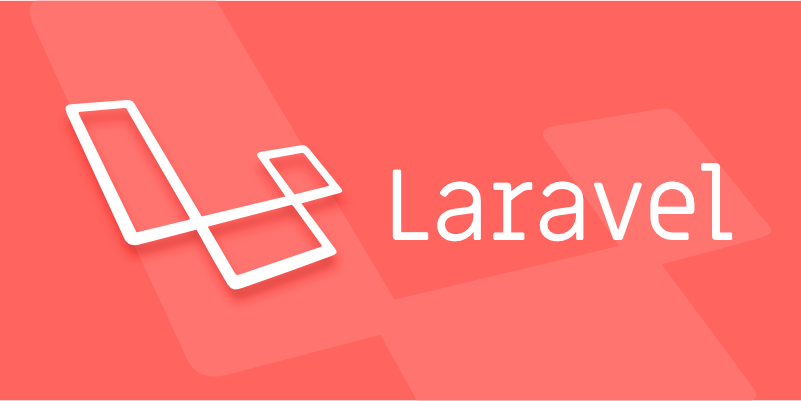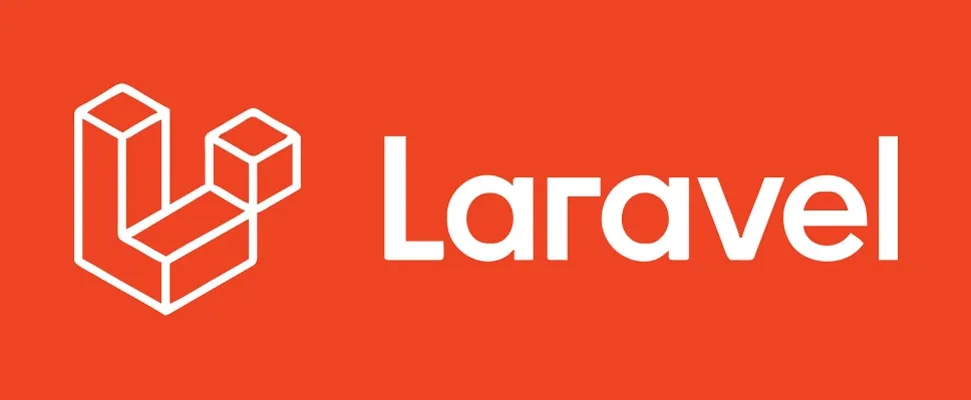N 1 query problems can be solved through Laravel's preload function. When an associated query is initiated separately for each record after obtaining the main table data, the number of database queries will surge, for example, 20 article data are retrieved but 21 queries are performed. Laravel uses the with() method to load the association model at one time, such as Post::with('user')->get() to control the query within two times. Post::with('user.role')->get() is available when handling multi-layer nested relationships. Restrictions can be passed in closures when loading fields or adding conditions, but foreign keys must be retained. Easily ignored points include Blade template access to unpreloaded properties, dynamic accessor call relationships, and using whereHas without cooperating with.

To solve the N 1 query problem, Laravel's preloading function is actually very critical.

Have you ever encountered this situation: Everything looks like it is normal when the page is loading, but the number of queries in the database is growing explosively? For example, if you fetch 20 article data, you found that 21 SQLs were executed in the background - this is a typical N 1 query problem . Don't worry, Laravel provides a simple and practical solution: Eager Loading .
What is an N 1 query problem?
Simply put, after you obtain the main table data, you initiate an association query for each record separately.

For example:
You have a Post model and a User model, and each post belongs to a user. When you write code like this:

$posts = Post::all();
foreach ($posts as $post) {
echo $post->user->name;
} Although only Post::all() is called, a new query is triggered every time you loop through $post->user . If there are 100 articles, this becomes 101 queries - that is, N 1.
How to solve this problem with Eager Loading in Laravel?
The answer is simple: use the with() method to load the association model at one time.
Or the above example, modified to:
$posts = Post::with('user')->get();
In this way, Laravel will first find out all articles, and then pull back all relevant user data through an additional query. No matter how many articles there are, there will be only two inquiries at most.
Note: Make sure that your relationship method is named correctly, such as defining
public function user()in thePostmodel.
How to deal with more complex scenarios?
Sometimes you will nest relationships at multiple levels, or you will need to filter associated data. At this time, you can use more advanced syntax:
Loading multi-layer nested relationships
For example, you want to load the article, author and author's role information at the same time:
Post::with('user.role')->get();
As long as your model relationship is set correctly, this writing method can help you solve the three-level nesting directly.
Load only some fields or add conditions
You can pass in closures to limit loaded data:
Post::with(['user' => function($query) {
$query->select('id', 'name');
}])->get();However, note that if you only select some fields, you must keep the foreign key (such as
user_id), otherwise the association cannot be matched correctly.
What are the places that are easy to ignore and cause the N 1 problem to recur?
-
Accessing unpreloaded relationship properties in Blade templates
Even if the controller uses
with(), a new query will still be triggered if you access a relationship that is not loaded in Blade. -
Relationships are called in dynamic accessor
If you write something like
getFullNameAttribute()in the model and use$this->relationin it, you may also quietly introduce additional queries. -
Use
whereHasbut notwithwhereHasis used to filter data and will not automatically load the corresponding relationship for you. Remember to addwith().
Basically that's it. The N 1 problem may seem small, but it can easily drag down performance; fortunately, Laravel's preloading mechanism is powerful enough and not complicated to use. The key is to develop the habit of confirming whether it has been preloaded before accessing the relationship, and avoid accidentally triggering multiple queries.
The above is the detailed content of The N 1 problem and Laravel Eager Loading.. For more information, please follow other related articles on the PHP Chinese website!

Hot AI Tools

Undress AI Tool
Undress images for free

Undresser.AI Undress
AI-powered app for creating realistic nude photos

AI Clothes Remover
Online AI tool for removing clothes from photos.

Clothoff.io
AI clothes remover

Video Face Swap
Swap faces in any video effortlessly with our completely free AI face swap tool!

Hot Article

Hot Tools

Notepad++7.3.1
Easy-to-use and free code editor

SublimeText3 Chinese version
Chinese version, very easy to use

Zend Studio 13.0.1
Powerful PHP integrated development environment

Dreamweaver CS6
Visual web development tools

SublimeText3 Mac version
God-level code editing software (SublimeText3)
 How to set environment variables in PHP environment Description of adding PHP running environment variables
Jul 25, 2025 pm 08:33 PM
How to set environment variables in PHP environment Description of adding PHP running environment variables
Jul 25, 2025 pm 08:33 PM
There are three main ways to set environment variables in PHP: 1. Global configuration through php.ini; 2. Passed through a web server (such as SetEnv of Apache or fastcgi_param of Nginx); 3. Use putenv() function in PHP scripts. Among them, php.ini is suitable for global and infrequently changing configurations, web server configuration is suitable for scenarios that need to be isolated, and putenv() is suitable for temporary variables. Persistence policies include configuration files (such as php.ini or web server configuration), .env files are loaded with dotenv library, and dynamic injection of variables in CI/CD processes. Security management sensitive information should be avoided hard-coded, and it is recommended to use.en
 How to make PHP container support automatic construction? Continuously integrated CI configuration method of PHP environment
Jul 25, 2025 pm 08:54 PM
How to make PHP container support automatic construction? Continuously integrated CI configuration method of PHP environment
Jul 25, 2025 pm 08:54 PM
To enable PHP containers to support automatic construction, the core lies in configuring the continuous integration (CI) process. 1. Use Dockerfile to define the PHP environment, including basic image, extension installation, dependency management and permission settings; 2. Configure CI/CD tools such as GitLabCI, and define the build, test and deployment stages through the .gitlab-ci.yml file to achieve automatic construction, testing and deployment; 3. Integrate test frameworks such as PHPUnit to ensure that tests are automatically run after code changes; 4. Use automated deployment strategies such as Kubernetes to define deployment configuration through the deployment.yaml file; 5. Optimize Dockerfile and adopt multi-stage construction
 What is Configuration Caching in Laravel?
Jul 27, 2025 am 03:54 AM
What is Configuration Caching in Laravel?
Jul 27, 2025 am 03:54 AM
Laravel's configuration cache improves performance by merging all configuration files into a single cache file. Enabling configuration cache in a production environment can reduce I/O operations and file parsing on each request, thereby speeding up configuration loading; 1. It should be enabled when the application is deployed, the configuration is stable and no frequent changes are required; 2. After enabling, modify the configuration, you need to re-run phpartisanconfig:cache to take effect; 3. Avoid using dynamic logic or closures that depend on runtime conditions in the configuration file; 4. When troubleshooting problems, you should first clear the cache, check the .env variables and re-cache.
 Explain Laravel Eloquent Scopes.
Jul 26, 2025 am 07:22 AM
Explain Laravel Eloquent Scopes.
Jul 26, 2025 am 07:22 AM
Laravel's EloquentScopes is a tool that encapsulates common query logic, divided into local scope and global scope. 1. The local scope is defined with a method starting with scope and needs to be called explicitly, such as Post::published(); 2. The global scope is automatically applied to all queries, often used for soft deletion or multi-tenant systems, and the Scope interface needs to be implemented and registered in the model; 3. The scope can be equipped with parameters, such as filtering articles by year or month, and corresponding parameters are passed in when calling; 4. Pay attention to naming specifications, chain calls, temporary disabling and combination expansion when using to improve code clarity and reusability.
 PHP development user permission management monetization PHP permission control and role management
Jul 25, 2025 pm 06:51 PM
PHP development user permission management monetization PHP permission control and role management
Jul 25, 2025 pm 06:51 PM
User permission management is the core mechanism for realizing product monetization in PHP development. It separates users, roles and permissions through a role-based access control (RBAC) model to achieve flexible permission allocation and management. The specific steps include: 1. Design three tables of users, roles, and permissions and two intermediate tables of user_roles and role_permissions; 2. Implement permission checking methods in the code such as $user->can('edit_post'); 3. Use cache to improve performance; 4. Use permission control to realize product function layering and differentiated services, thereby supporting membership system and pricing strategies; 5. Avoid the permission granularity is too coarse or too fine, and use "investment"
 How to build a log management system with PHP PHP log collection and analysis tool
Jul 25, 2025 pm 08:48 PM
How to build a log management system with PHP PHP log collection and analysis tool
Jul 25, 2025 pm 08:48 PM
Select logging method: In the early stage, you can use the built-in error_log() for PHP. After the project is expanded, be sure to switch to mature libraries such as Monolog, support multiple handlers and log levels, and ensure that the log contains timestamps, levels, file line numbers and error details; 2. Design storage structure: A small amount of logs can be stored in files, and if there is a large number of logs, select a database if there is a large number of analysis. Use MySQL/PostgreSQL to structured data. Elasticsearch Kibana is recommended for semi-structured/unstructured. At the same time, it is formulated for backup and regular cleaning strategies; 3. Development and analysis interface: It should have search, filtering, aggregation, and visualization functions. It can be directly integrated into Kibana, or use the PHP framework chart library to develop self-development, focusing on the simplicity and ease of interface.
 How to create a helper file in Laravel?
Jul 26, 2025 am 08:58 AM
How to create a helper file in Laravel?
Jul 26, 2025 am 08:58 AM
Createahelpers.phpfileinapp/HelperswithcustomfunctionslikeformatPrice,isActiveRoute,andisAdmin.2.Addthefiletothe"files"sectionofcomposer.jsonunderautoload.3.Runcomposerdump-autoloadtomakethefunctionsgloballyavailable.4.Usethehelperfunctions
 How to implement a referral system in Laravel?
Aug 02, 2025 am 06:55 AM
How to implement a referral system in Laravel?
Aug 02, 2025 am 06:55 AM
Create referrals table to record recommendation relationships, including referrals, referrals, recommendation codes and usage time; 2. Define belongsToMany and hasMany relationships in the User model to manage recommendation data; 3. Generate a unique recommendation code when registering (can be implemented through model events); 4. Capture the recommendation code by querying parameters during registration, establish a recommendation relationship after verification and prevent self-recommendation; 5. Trigger the reward mechanism when recommended users complete the specified behavior (subscription order); 6. Generate shareable recommendation links, and use Laravel signature URLs to enhance security; 7. Display recommendation statistics on the dashboard, such as the total number of recommendations and converted numbers; it is necessary to ensure database constraints, sessions or cookies are persisted,






